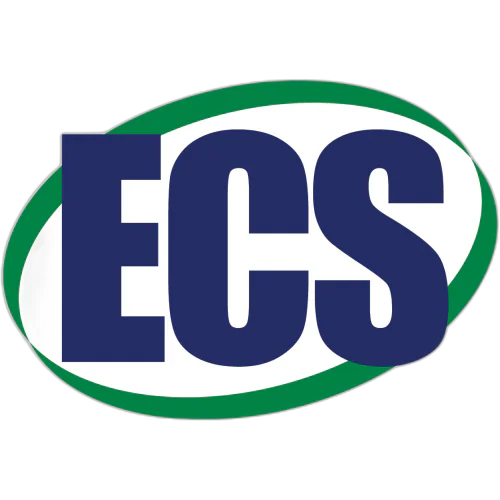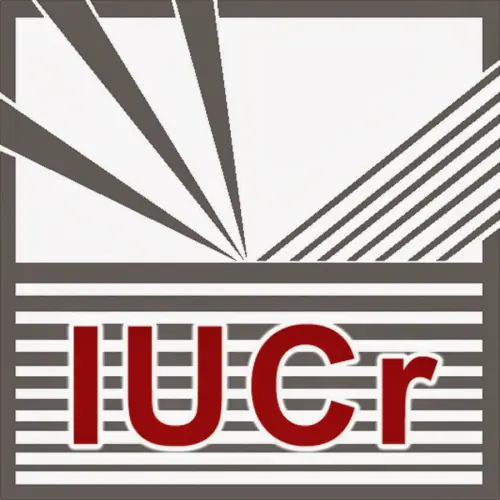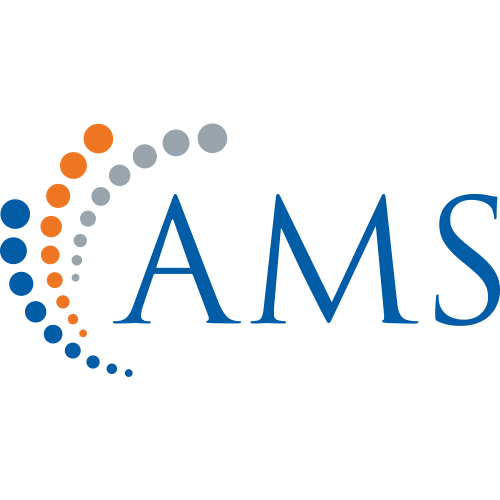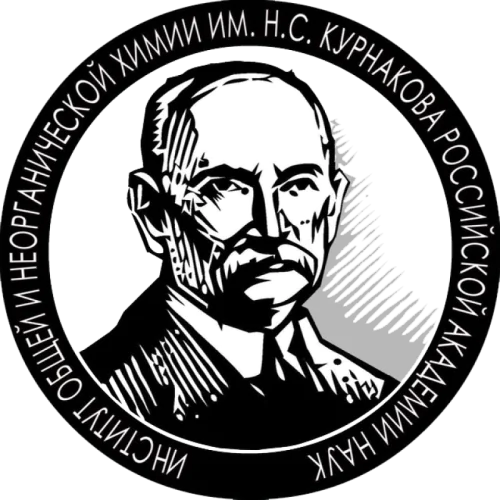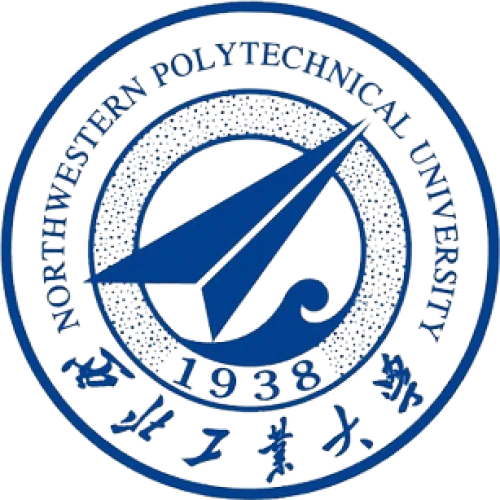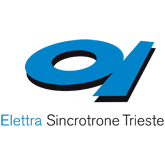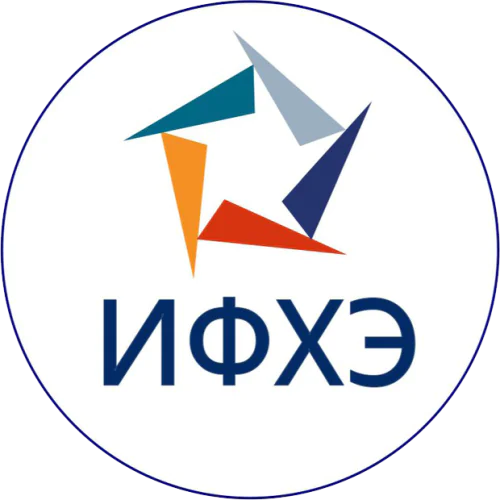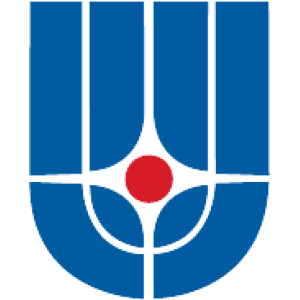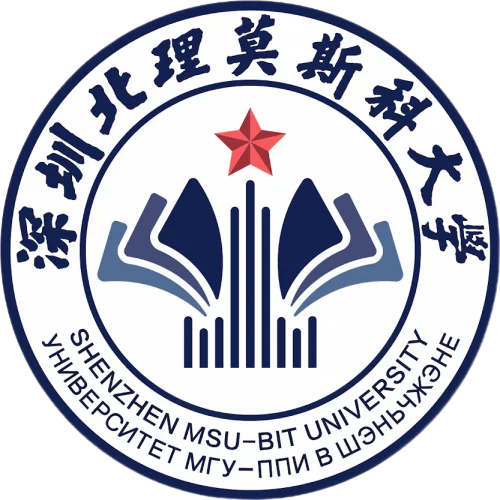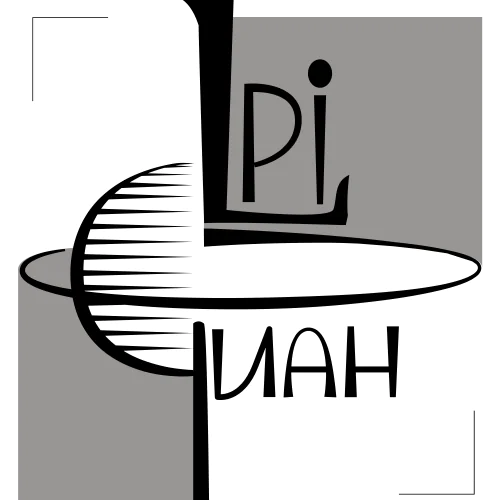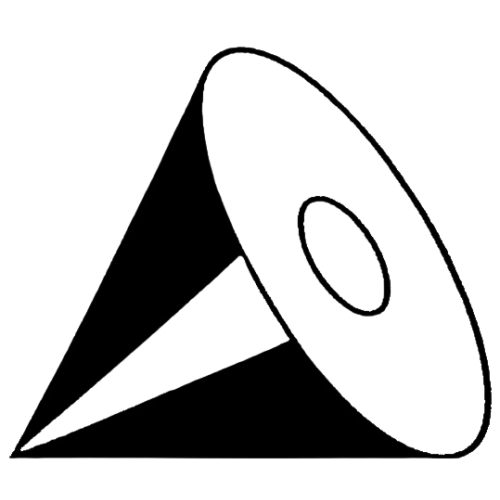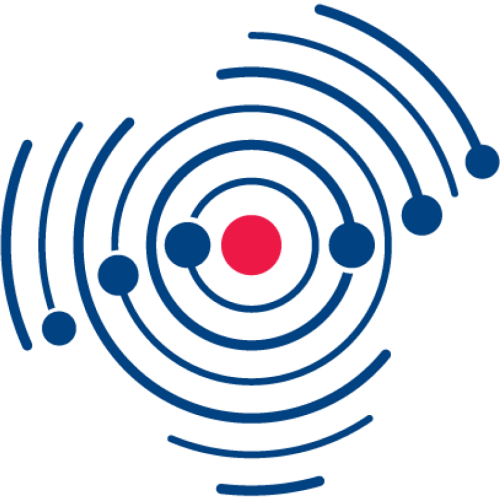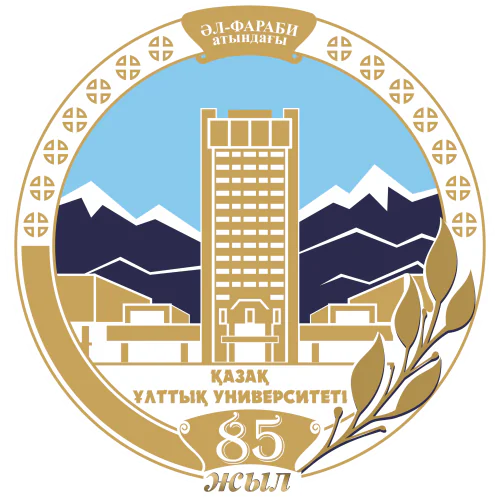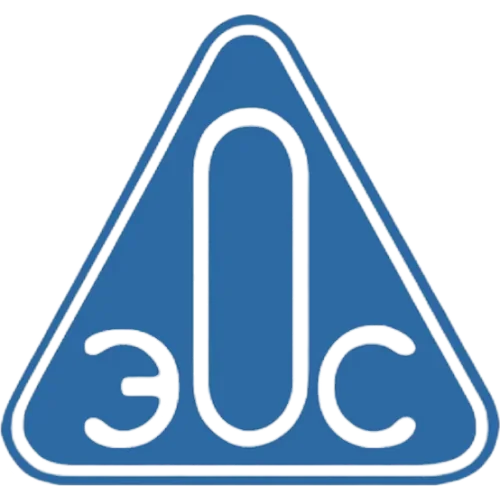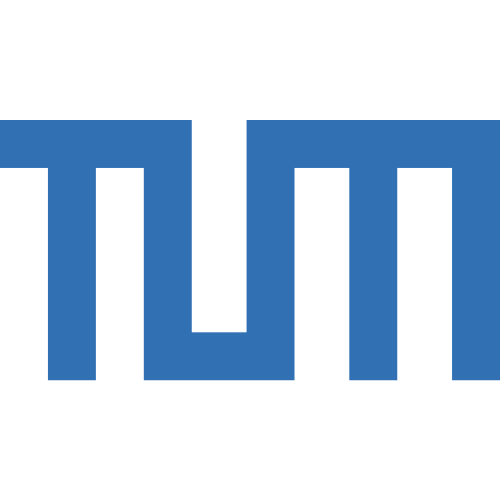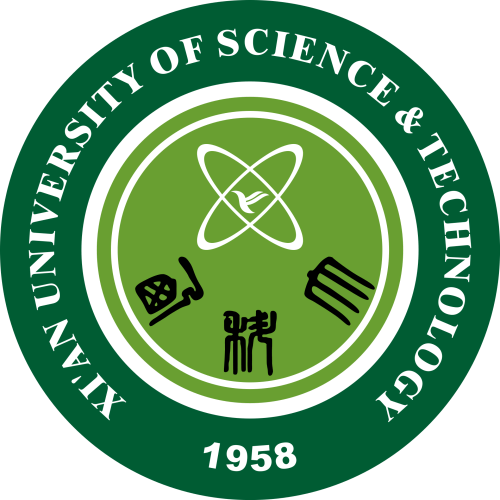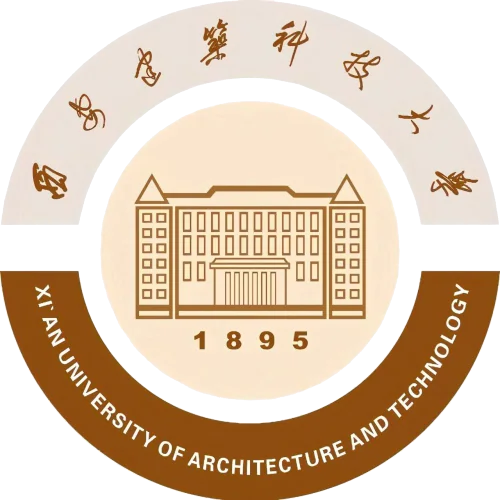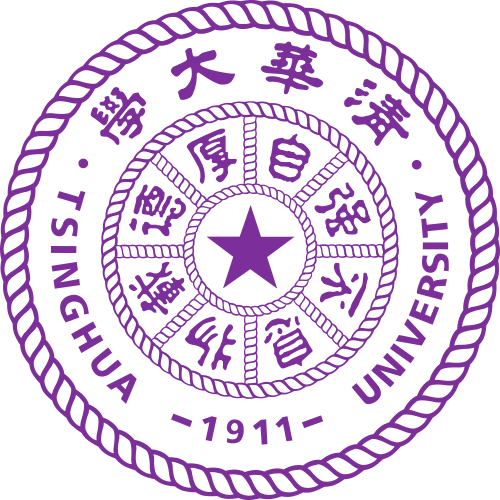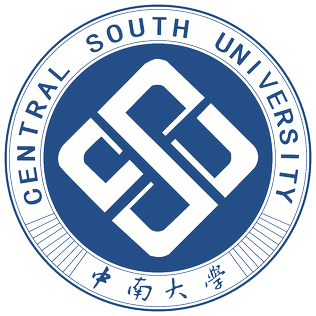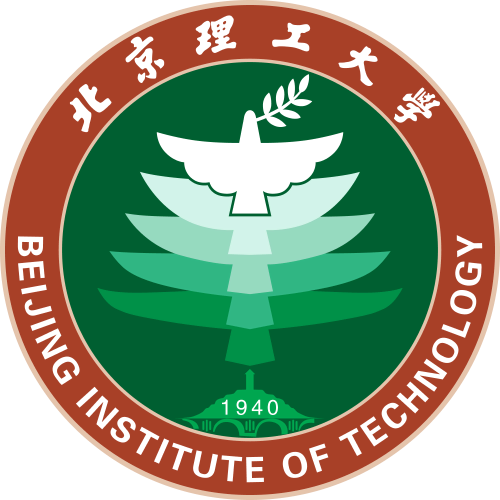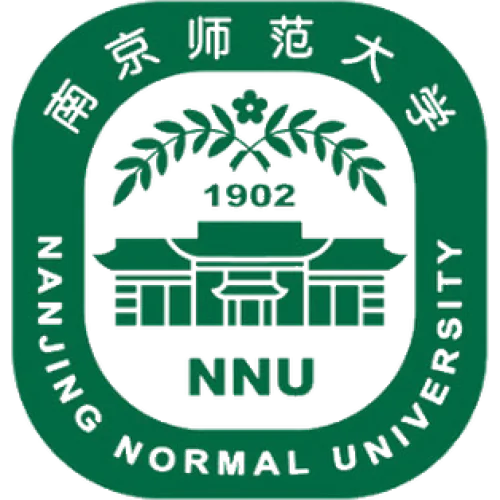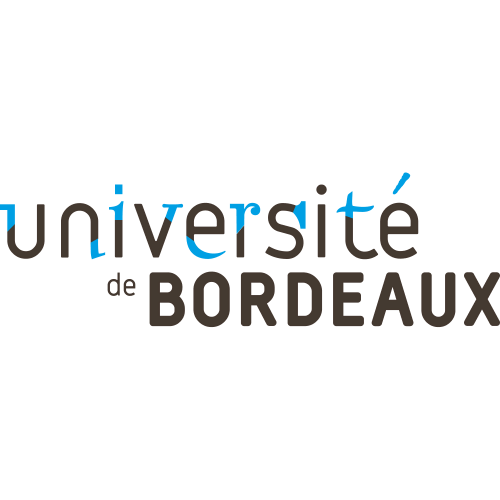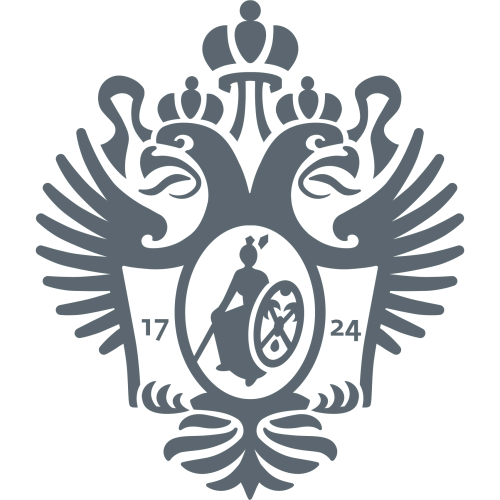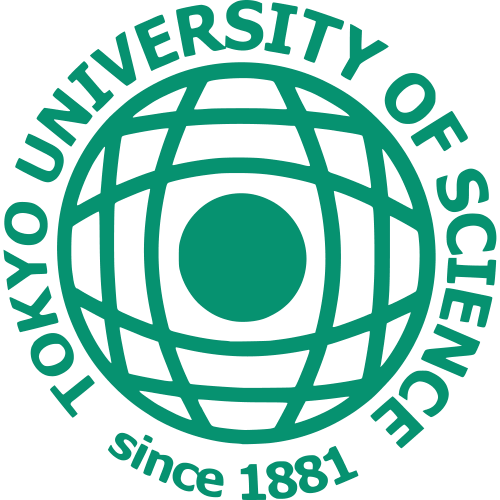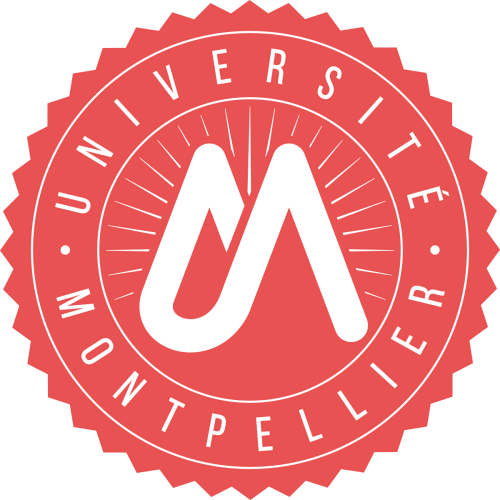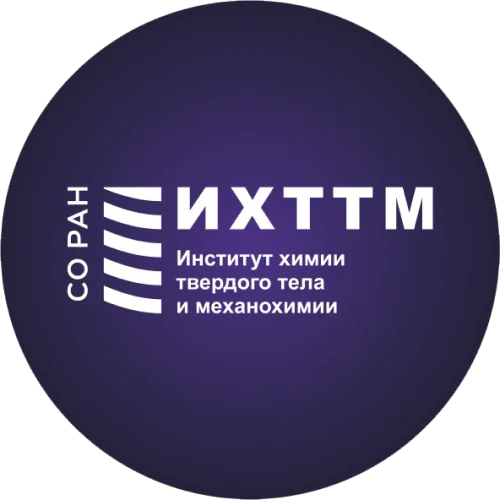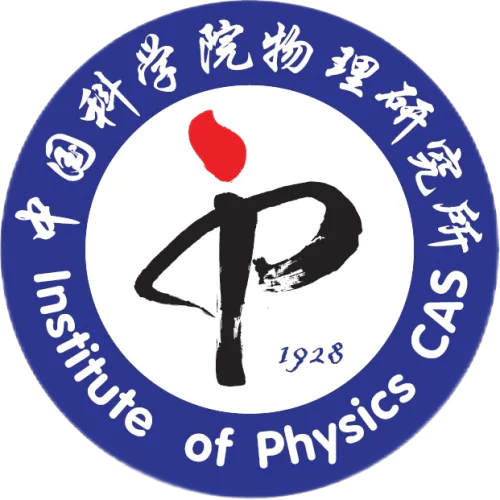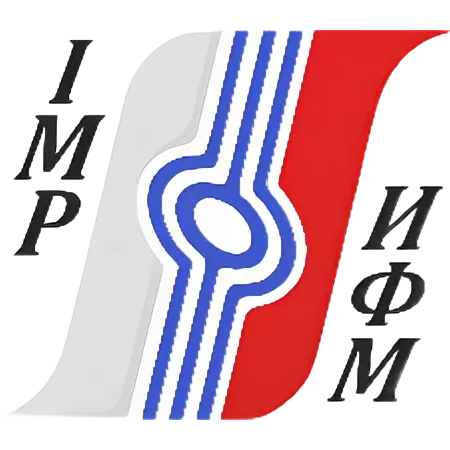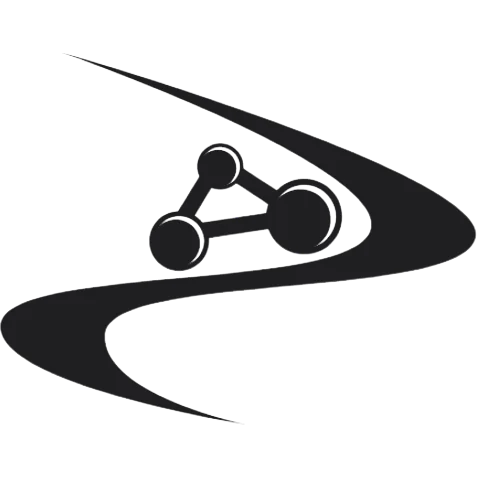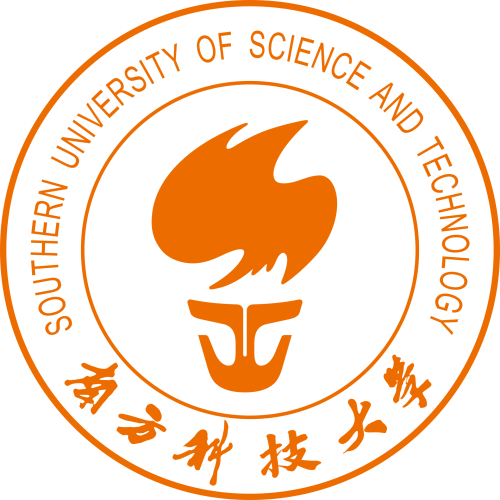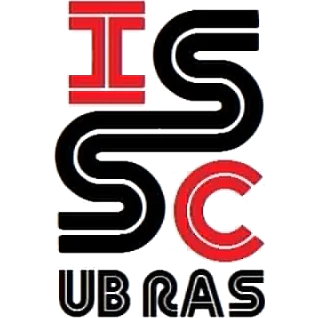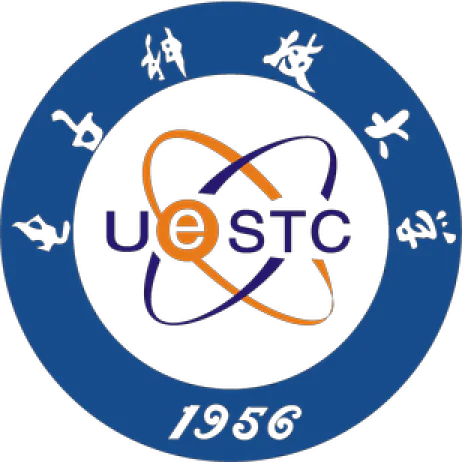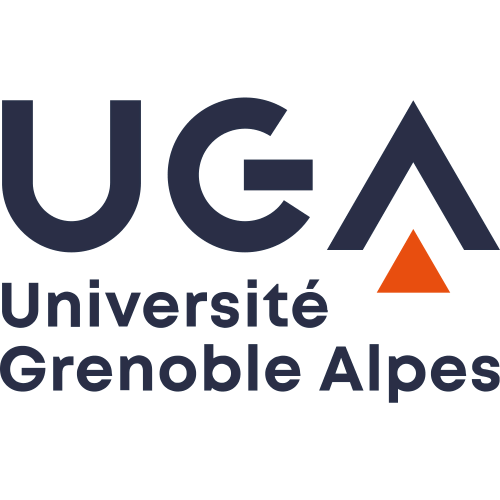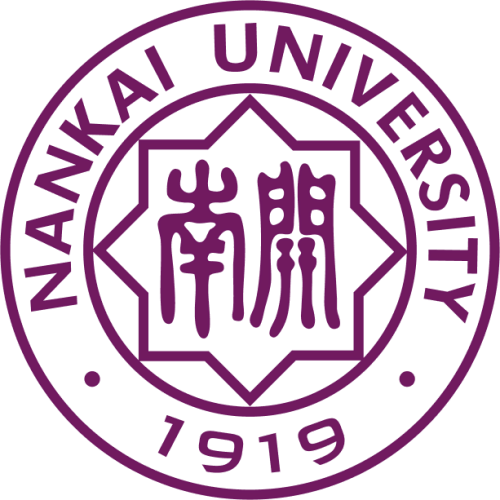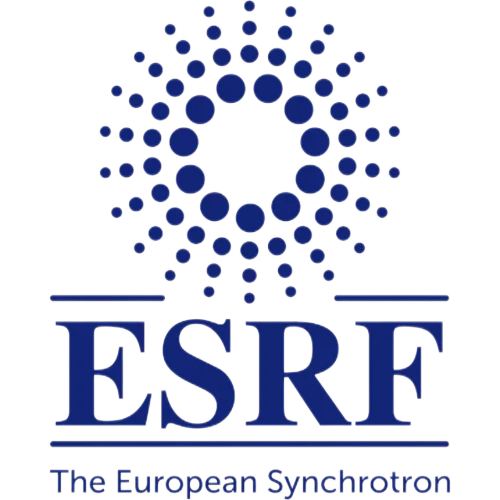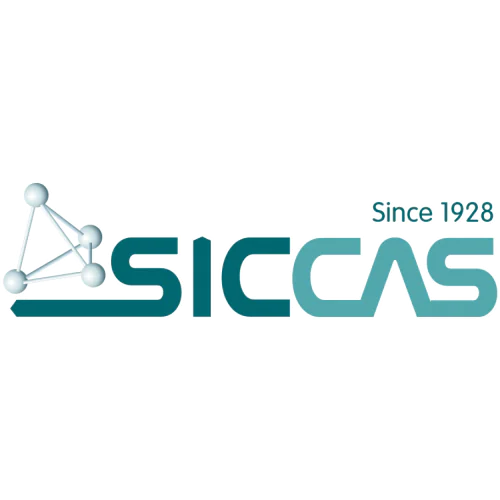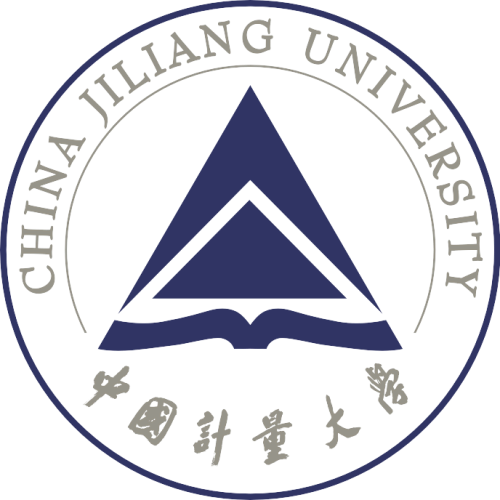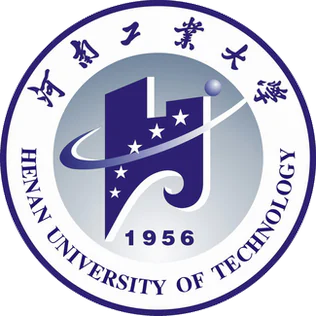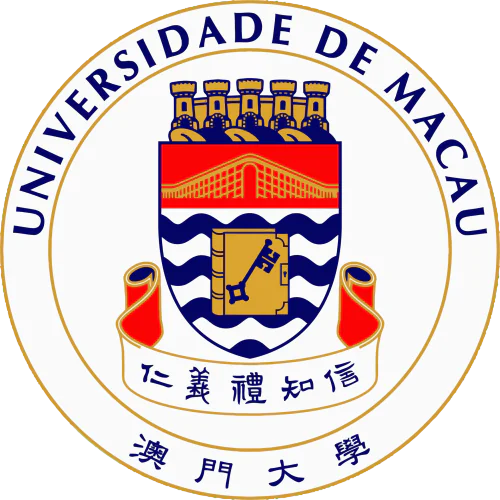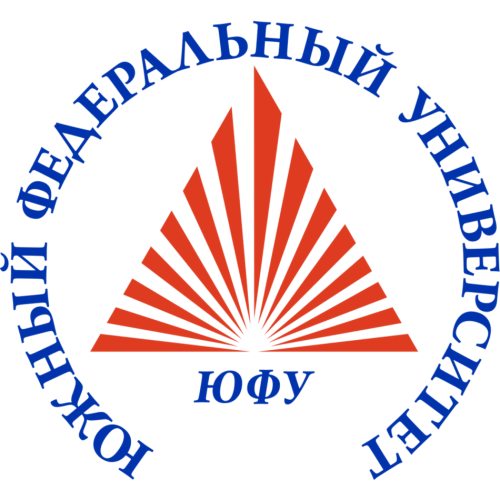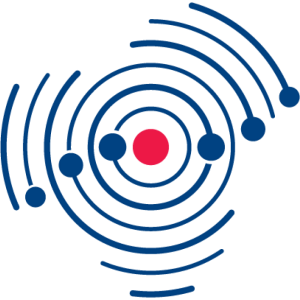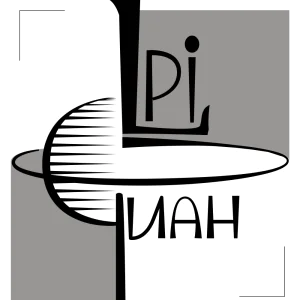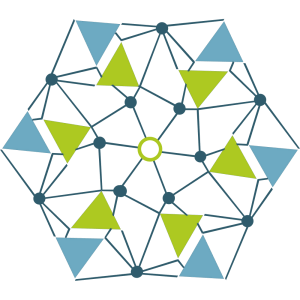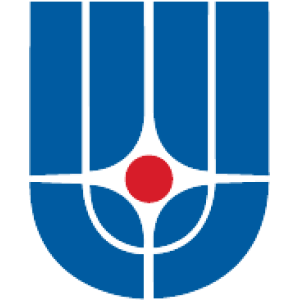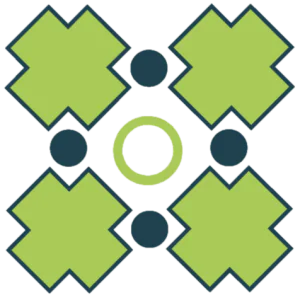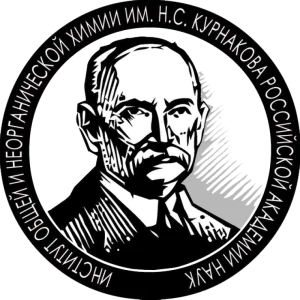
Stanislav S Fedotov
Publications
72
Citations
1 712
h-index
21
Found
Nothing found, try to update filter.
Found
Nothing found, try to update filter.
Found
Nothing found, try to update filter.
Total publications
72
Total citations
1712
Citations per publication
23.78
Average publications per year
5.14
Average coauthors
6.07
Publications years
2013-2026 (14 years)
h-index
21
i10-index
37
m-index
1.5
o-index
67
g-index
40
w-index
6
Metrics description
h-index
A scientist has an h-index if h of his N publications are cited at least h times each, while the remaining (N - h) publications are cited no more than h times each.
i10-index
The number of the author's publications that received at least 10 links each.
m-index
The researcher's m-index is numerically equal to the ratio of his h-index to the number of years that have passed since the first publication.
o-index
The geometric mean of the h-index and the number of citations of the most cited article of the scientist.
g-index
For a given set of articles, sorted in descending order of the number of citations that these articles received, the g-index is the largest number such that the g most cited articles received (in total) at least g2 citations.
w-index
If w articles of a researcher have at least 10w citations each and other publications are less than 10(w+1) citations, then the researcher's w-index is equal to w.
Top-100
Fields of science
Journals
Citing journals
Publishers
|
5
10
15
20
25
30
|
|
|
Elsevier
27 publications, 37.5%
|
|
|
American Chemical Society (ACS)
11 publications, 15.28%
|
|
|
Royal Society of Chemistry (RSC)
5 publications, 6.94%
|
|
|
The Electrochemical Society
5 publications, 6.94%
|
|
|
Optica Publishing Group
4 publications, 5.56%
|
|
|
Springer Nature
3 publications, 4.17%
|
|
|
MDPI
3 publications, 4.17%
|
|
|
OOO Zhurnal "Mendeleevskie Soobshcheniya"
3 publications, 4.17%
|
|
|
Social Science Electronic Publishing
2 publications, 2.78%
|
|
|
Wiley
1 publication, 1.39%
|
|
|
Taylor & Francis
1 publication, 1.39%
|
|
|
American Mathematical Society
1 publication, 1.39%
|
|
|
International Union of Crystallography (IUCr)
1 publication, 1.39%
|
|
|
American Physical Society (APS)
1 publication, 1.39%
|
|
|
IOP Publishing
1 publication, 1.39%
|
|
|
Beilstein-Institut
1 publication, 1.39%
|
|
|
5
10
15
20
25
30
|
Organizations from articles
Countries from articles
|
10
20
30
40
50
60
70
|
|
|
Russia
|
Russia, 65, 90.28%
Russia
65 publications, 90.28%
|
|
Country not defined
|
Country not defined, 9, 12.5%
Country not defined
9 publications, 12.5%
|
|
Germany
|
Germany, 5, 6.94%
Germany
5 publications, 6.94%
|
|
China
|
China, 5, 6.94%
China
5 publications, 6.94%
|
|
Belgium
|
Belgium, 5, 6.94%
Belgium
5 publications, 6.94%
|
|
USA
|
USA, 4, 5.56%
USA
4 publications, 5.56%
|
|
Italy
|
Italy, 3, 4.17%
Italy
3 publications, 4.17%
|
|
France
|
France, 2, 2.78%
France
2 publications, 2.78%
|
|
Kazakhstan
|
Kazakhstan, 1, 1.39%
Kazakhstan
1 publication, 1.39%
|
|
Ukraine
|
Ukraine, 1, 1.39%
Ukraine
1 publication, 1.39%
|
|
United Kingdom
|
United Kingdom, 1, 1.39%
United Kingdom
1 publication, 1.39%
|
|
Spain
|
Spain, 1, 1.39%
Spain
1 publication, 1.39%
|
|
Finland
|
Finland, 1, 1.39%
Finland
1 publication, 1.39%
|
|
Sweden
|
Sweden, 1, 1.39%
Sweden
1 publication, 1.39%
|
|
10
20
30
40
50
60
70
|
Citing organizations
Citing countries
- We do not take into account publications without a DOI.
- Statistics recalculated daily.
This section displays the profiles of scientists registered on the platform. To display the full list, invite your colleagues to register.







